I got this lens from the huge inventory of a famous Kolkata based photographer who was known as a Minolta Man. The lens was in great shape, preserved for decades in a dry box, thus making it immune from army of infamous fungus of Kolkata. I always wanted to get this particular lens as I have read only good things about its bokeh, colour, sharpness and character.
From my collection। Minolta PF Rokkor 58mm F1.2 Lens – The rockstar of low lights
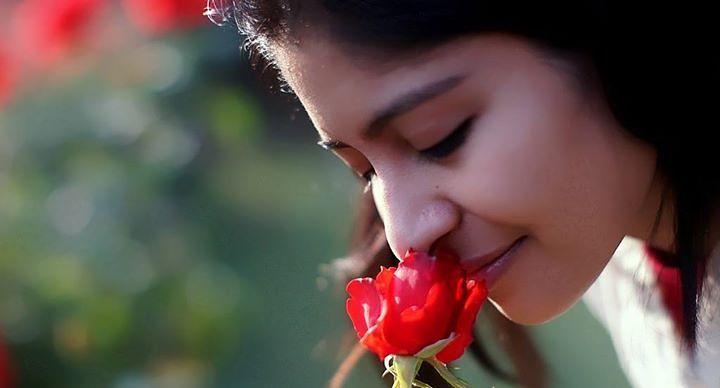
The 58mm F1.2 PF Rokkor is a classic lens made in the manual focus/film era by Minolta. Most mid range primes came in familiar offerings: 35mm, 50mm, and 85mm. Some expensive (some very expensive at the time) boutique lenses came in oddball focal lengths like the 55mm, 57mm and 58mm. Any F1.2 lens is a very fast lens and supposed to carry out a task which is somewhat special.
These Minolta lenses like all manual focus film era lenses are practically now orphaned: the film cameras are no longer manufactured nor there are no modern camera options to pair them with. If you want to use these lenses you need a manual film camera. But you can adapt them to fit other cameras, like the modern Canon digital line of SLRs and so called mirror-less bodies.
I am a firm believer of mirror-less interchangeable lens camera technology, and own three bodies of them from Sony, Canon and Nikon. I am particularly fond the full frame Sony A7R body and it has become my constant companion for non-wildlife shooting. Adaptation of any lens to such bodies take very little effort, you need to have the proper adapter for it. I mostly import it from Hong Kong through some popular e-commerce sites. They cost me anything between Rs. 400-800. I paired the lens with A7R through a Fotga MD-Sony E mount adapter. It is a manual focus lens and has no electronic communication with the body. So I have to focus it manually and set the aperture by rotating the aperture ring by hand. There will not be any f-data in the EXIF info of the digital file.
My Minolta was from the first generation and most likely built around 1970s. It has a metal focusing ring, radioactive glass elements and is built like a tank. With proper use, these lenses can last a lifetime. I put the lens to use and straight went to an outdoor portrait shoot. The light of the dusk is my favorite and I timed my test accordingly. It was my first test of the lens and i wanted to rate the bokeh, sharpness and colour as three most important parameters of an optical system. I was eager to see how a 45 year old lens mates one of the most demanding 36 MP modern age sensors!
The following shots were taken in quick succession as the light was falling and I wanted to make the best out of it.
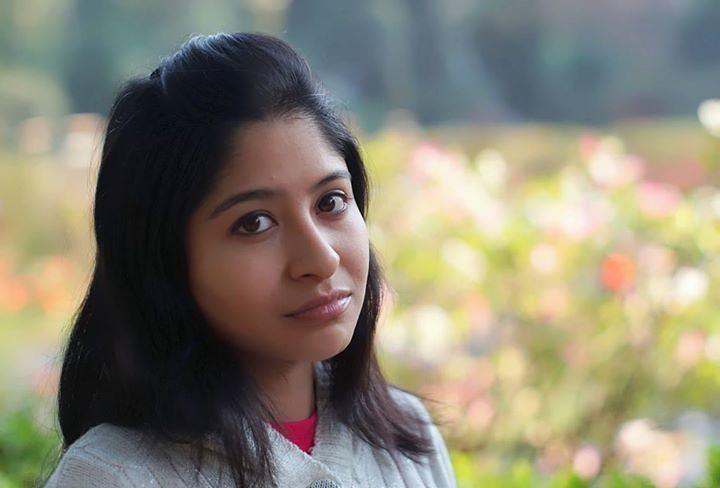
At F1.2 – the lens is put at widest open. The bokeh is creamy, sharpness adequate, but not the best and the colours are charming.
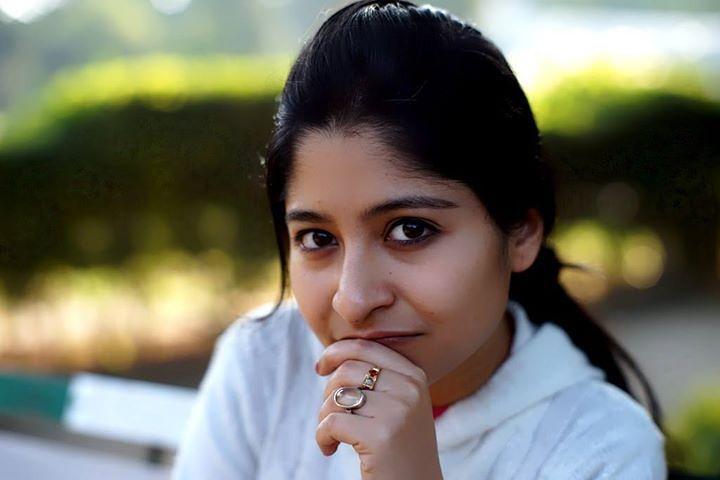
At F1.2 again – but not much of backlight, flare is well controlled.
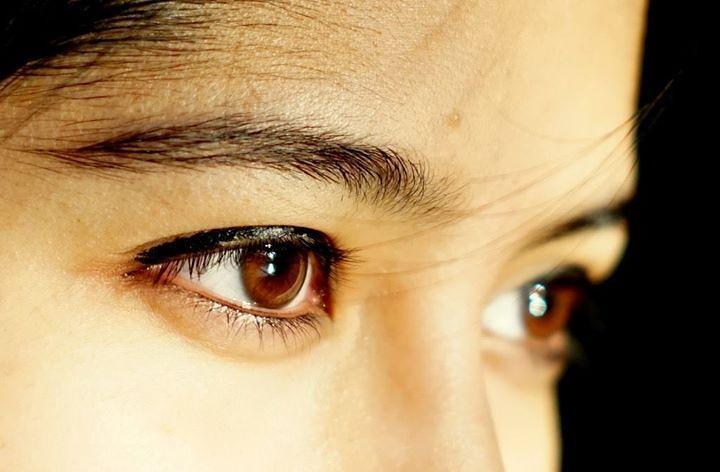
At F2.0, the lens is bitingly sharp.
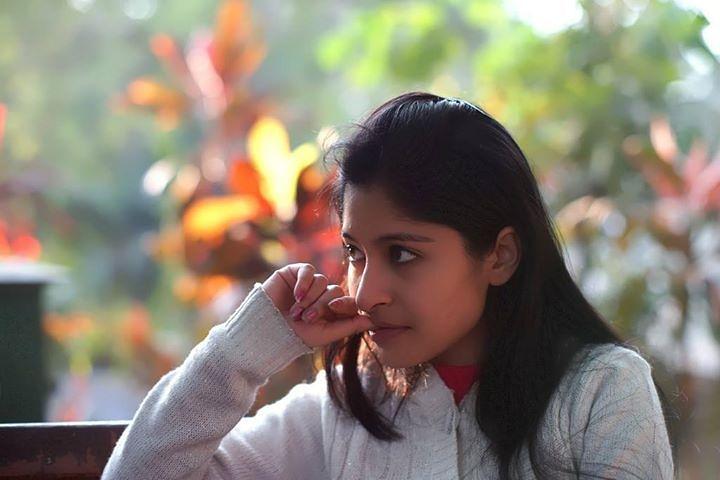
Another shot at F1.2 with strong backlight. The lens was superb in handling flare.
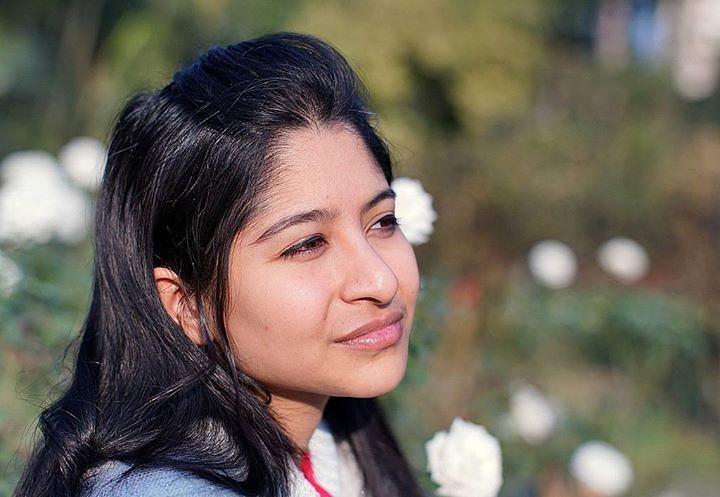
At F2.8 the lens is amazingly sharp, bokeh is buttery, colors fantastic.
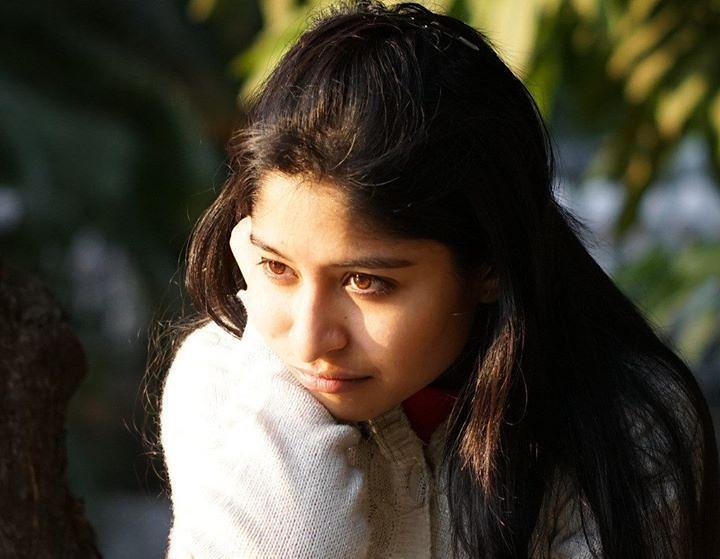
One of my most favorite shot of this series, the lens is showing strong character in a very challenging light condition.
The colour, rendering, bokeh, 3D character and sharpness of this lens are simply outstanding. It is pretty sharp wide open at f/1.2 with some lovely narrow DOF pattern. It gets insanely sharp by f/2.0. Compared to the celebrity Nikkor 50mm F1.2 (which I already own), the Minolta is a superior lens, in every department. The 45 year old lens nearly out-resolved the latest 36 MP Sony sensor! This is what a true legend should be. Timeless.